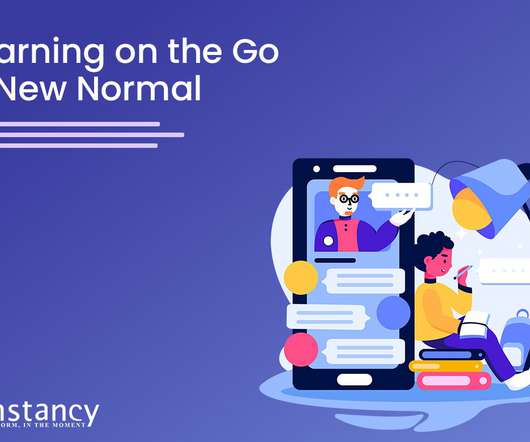What is social learning (and how to adopt it)
Docebo
JULY 8, 2021
Social learning can help today’s organizations keep up with the pace at which their business moves. More and more, organizations are turning to social learning to deliver exciting e- learning experiences to their customers, partners, and employees. What is social learning? Need proof?






























Let's personalize your content